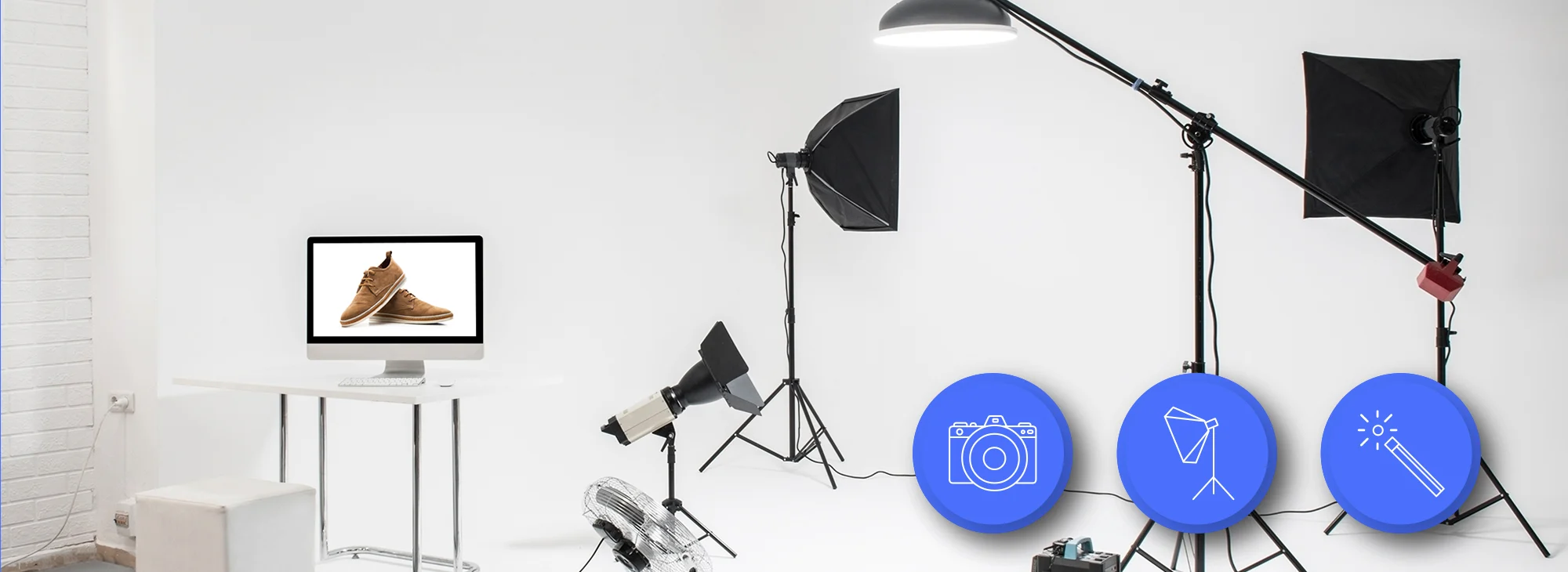Why Product Photography Matters for Online Brands
First impressions matter — especially in e-commerce. Before a customer reads the product description or reviews, they see the image. High-quality photography communicates professionalism, attention to detail, and brand reliability.
That’s why many businesses choose to work with a product photographer who specializes in creating images that drive sales. Unlike generic photos, professional shots capture textures, colors, and features that customers would otherwise miss when shopping online.
The Role of Professional Product Photography
- Highlighting Details – Customers can see exactly what they are buying.
- Reducing Return Rates – Accurate images prevent confusion over product quality.
- Boosting Conversions – Clean, attractive visuals inspire confidence to buy.
- Enhancing Branding – Consistent, polished photography strengthens brand identity.
From jewelry to apparel, the right photography can make products appear more desirable and trustworthy.
Virtual Try-On: Bridging the Gap in Online Shopping
Even with great photography, customers often hesitate to buy clothes online because they cannot test how the item looks on them. Enter virtual try-on technology — a solution that eliminates uncertainty.
With tools like virtual try on clothes, shoppers can see how a product looks on their body without ever stepping into a fitting room. This not only makes online shopping more engaging but also increases the likelihood of purchases.
Benefits of Virtual Try-On for E-Commerce
- Personalized Shopping – Customers can experiment with different outfits digitally.
- Higher Customer Confidence – Seeing the product on themselves builds trust.
- Reduced Returns – Shoppers are less likely to buy items that don’t suit them.
- Stronger Engagement – Interactive shopping keeps customers on websites longer.
Retailers that integrate this technology stand out by offering a more customer-friendly shopping journey.
Photography + Virtual Try-On: A Perfect Pair
While professional photography ensures products look stunning and accurate, virtual try-on gives customers the power to test products in real-time. The two strategies work hand-in-hand to solve the biggest challenges of online shopping: lack of touch and lack of personalization.
For instance:
- A fashion brand uses high-resolution images to show fabric texture.
- Virtual try-on then allows the shopper to see that outfit on their body type.
The result? A confident customer who’s far more likely to complete the purchase.
Industry Examples
- Clothing Retailers – Use try-on to showcase fit and style while photography highlights design details.
- Jewelry Brands – Professional photos capture sparkle, while digital fitting lets buyers see how pieces look when worn.
- E-Commerce Stores – Combining these tools creates an immersive shopping experience that keeps customers returning.
This mix of visuals and technology can transform both small businesses and established retailers.
Implementation Tips for Brands
- Invest in Photography First – Strong visuals are the foundation of online selling.
- Integrate Try-On Features – Add digital try-on to your e-commerce platform.
- Educate Customers – Use tutorials or guides to show how try-on works.
- Track Performance – Monitor how these tools improve conversions and reduce returns.
Brands that embrace this dual strategy are better positioned to thrive in a competitive digital marketplace.
The Future of Online Shopping
As consumer expectations evolve, static product photos alone may not be enough. Shoppers want interactive experiences that mimic physical retail. Virtual try-on is becoming less of a novelty and more of an expectation.
At the same time, professional photography will always remain essential for accuracy, branding, and storytelling. Together, they represent the future of e-commerce — immersive, trustworthy, and customer-centered.
Conclusion
Strong visuals create trust, while interactivity builds confidence. A skilled product photographer ensures products are presented at their best, while virtual try on clothes allows shoppers to see themselves in those products.
For e-commerce businesses, combining these two strategies isn’t just smart — it’s essential for growth.



